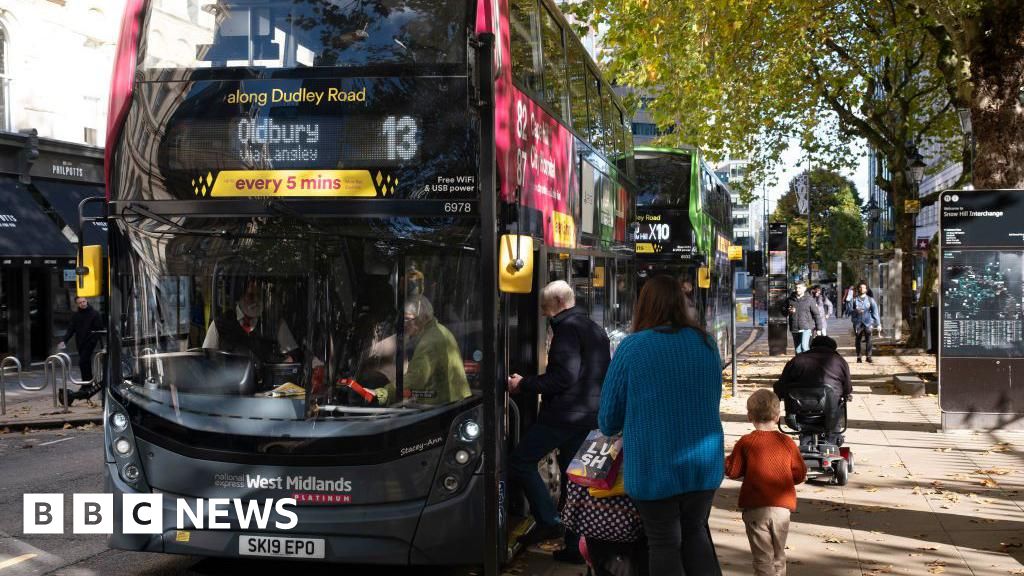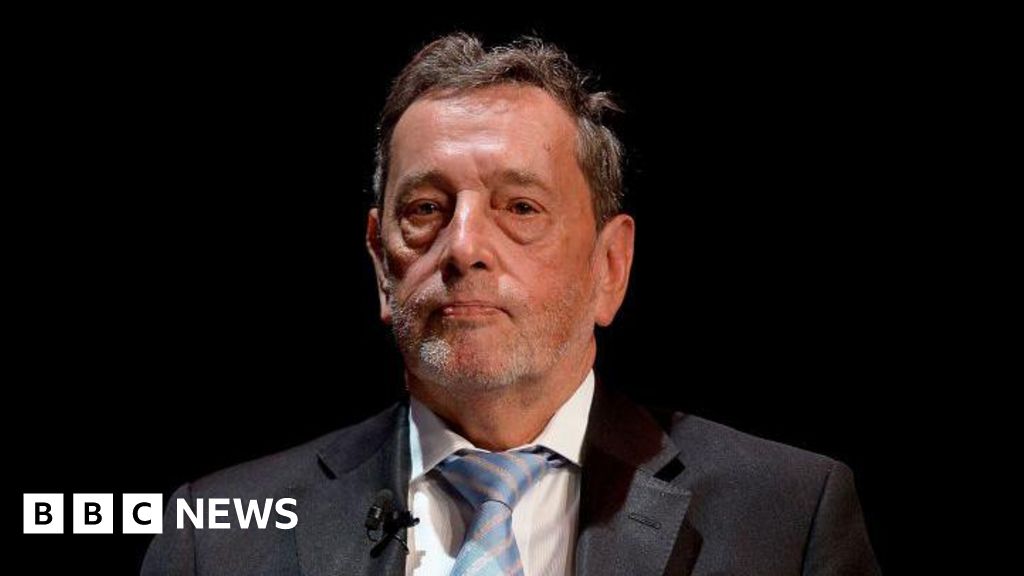ARTICLE AD BOX
By David Brown & Tural Ahmedzade
BBC News Visual Journalism Team
 Image source, Getty Images
Image source, Getty Images
The Prime Minister Liz Truss will tell world leaders this week that the UK will spend at least £2.3bn on military aid to Ukraine in 2023, matching the commitments made in 2022.
Ms Truss will make the pledge on her first foreign trip as prime minister, to the United Nations General Assembly in New York.
Since the start of the conflict in Ukraine, the UK has been a major supplier of weapons and equipment to Kyiv, though on a much smaller scale than the US.
So what exactly is being sent, and how much of a difference is it making?
Long-range rockets
The donation of M270 multiple-launch rocket systems with M31A1 precision munitions to Ukraine was confirmed in June.
The UK's M270 system is similar to the American Himars launchers.
It is thought that the missiles provided to Ukraine for use with the systems have a range of 50 miles.
Jack Watling of the Royal United Services Institute (Rusi) says: "These systems are precisely what Ukraine needs. They allow the Ukrainians to out-range a lot of the Russian artillery systems and also to strike with precision."
"That means the Ukrainians can start to knock out and hold at risk the Russian artillery that is at the moment systematically destroying towns across eastern Ukraine," he adds.
Anti-tank weapons
The UK has sent more than 5,000 next generation light anti-tank weapons, or Nlaw, to Ukraine.
Nlaws are designed to destroy tanks at short range with a single shot.
Crucially for Ukraine's armed forces who need weapons immediately, the missiles are easy to transport and simple to use. A soldier can be trained to use them in less than a day.
Nlaw anti-tank missile used by Ukrainian forces
Many analysts believe they had a major impact on the course of the conflict in the days following Russia's invasion.
"Nlaw was absolutely critical to the defeat of Russian ground thrusts in the early stages of the war," says Rusi's Justin Bronk.
The weapons have been "particularly effective" when used in combination with artillery, he says.
Short-range missiles
Defence minister James Heappey confirmed that "hundreds" of maritime Brimstone missiles would be sent to Ukraine in April.
Brimstones can be used against tanks, artillery and some smaller vessels such as landing craft, according to Capt Chris Carlson, formerly of the US Navy.
The missiles are normally fired from aircraft, but in Ukraine they are being modified to be fired from trucks.
Launching them from the ground reduces their effective range, says Capt Carlson.
When used as anti-ship missiles, Brimstones are far too small to sink larger vessels, but could cause substantial damage.
"It all depends where you hit," he says. "If you went through an engine or near the water line, you could give an enemy some serious trouble."
Armoured vehicles
Britain has donated at least 120 armoured vehicles to Ukraine, including Mastiff patrol vehicles.
Mastiffs were very popular among British troops in Afghanistan as they provide a high level of protection against landmines and improvised explosive devices.
Analysts say that in an area which as been as heavily mined as the Donbas, Mastiffs are likely to be very useful.
It is understood that both sides in the conflict have used landmines extensively.
War in Ukraine: More coverage
Drones
The Ministry of Defence says it is supplying heavy lift unmanned aerial vehicle (UAV) systems to provide logistical support to isolated forces.
Analysts say that drones can be very effective in getting supplies over the "last mile" to front line troops, particularly under threat of Russian artillery fire and in situations where there is a risk of encirclement.
"It's the sheer quantity of stuff needed by troops," says Mr Bronk. "Every time you can use a drone instead of a soldier to get supplies forward is one less time someone is exposed to extreme danger."
Other drones supplied by the UK include hundreds of loitering aerial munitions.
Air defence systems
Britain says it has donated at least six air defence systems, including Starstreak missiles.
Starstreak is designed to bring down low-flying aircraft at short range.
It ignores counter-measures such as flares and chaff deployed by many aircraft.
A Ukrainian soldier fires a shoulder-mounted Starstreak missile
"From a pilot's point of view, Starstreak is a very unpleasant thing," says Mr Bronk. "There's very little you can do about it."
He says Russian forces may deem some operations too risky if they are aware that a weapon as deadly as Starstreak is on the ground.
However, Starstreak requires much more training than systems such as Nlaw, and is no substitute, say analysts, for longer-range air defence systems.
The UK has also supplied Stormer vehicles to act as a mobile platform for Starstreak missiles.
Longer term
Sustaining military aid to Ukraine is crucial, according to General Sir Richard Shirreff, former Nato Deputy Allied Commander Europe.
He told the BBC: "Ukraine must not only be defended but be given every opportunity and chance to recapture lost ground, evict the Russians from Ukraine and capitalise on recent successes, and that is only going to happen if Nato doubles down on its support for Ukraine."
Many military professionals point out that Ukraine's need in the weeks and months following the invasion was for equipment which its troops already knew how to use, or could be trained on very quickly.
Much of Ukraine's weaponry was designed and manufactured in former Warsaw Pact countries.
But in recent months, many Ukrainian units have made the transition to using Nato standard and ammunition.
Re-orienting Ukraine's ammunition supplies has been complicated and difficult, and reports suggest that Ukrainian forces have experienced shortages in some areas.
Other equipment supplied by the UK includes:
- More than 200 Javelin anti-tank missiles
- Anti-structure munitions
- Plastic explosives
- Small-arms munition
- Helmets
- Body armour
- Night vision devices
- Electronic warfare equipment
- Counter battery radar systems
- GPS jamming equipment
Graphics by Gerry Fletcher.

 2 years ago
23
2 years ago
23








 English (US)
English (US)